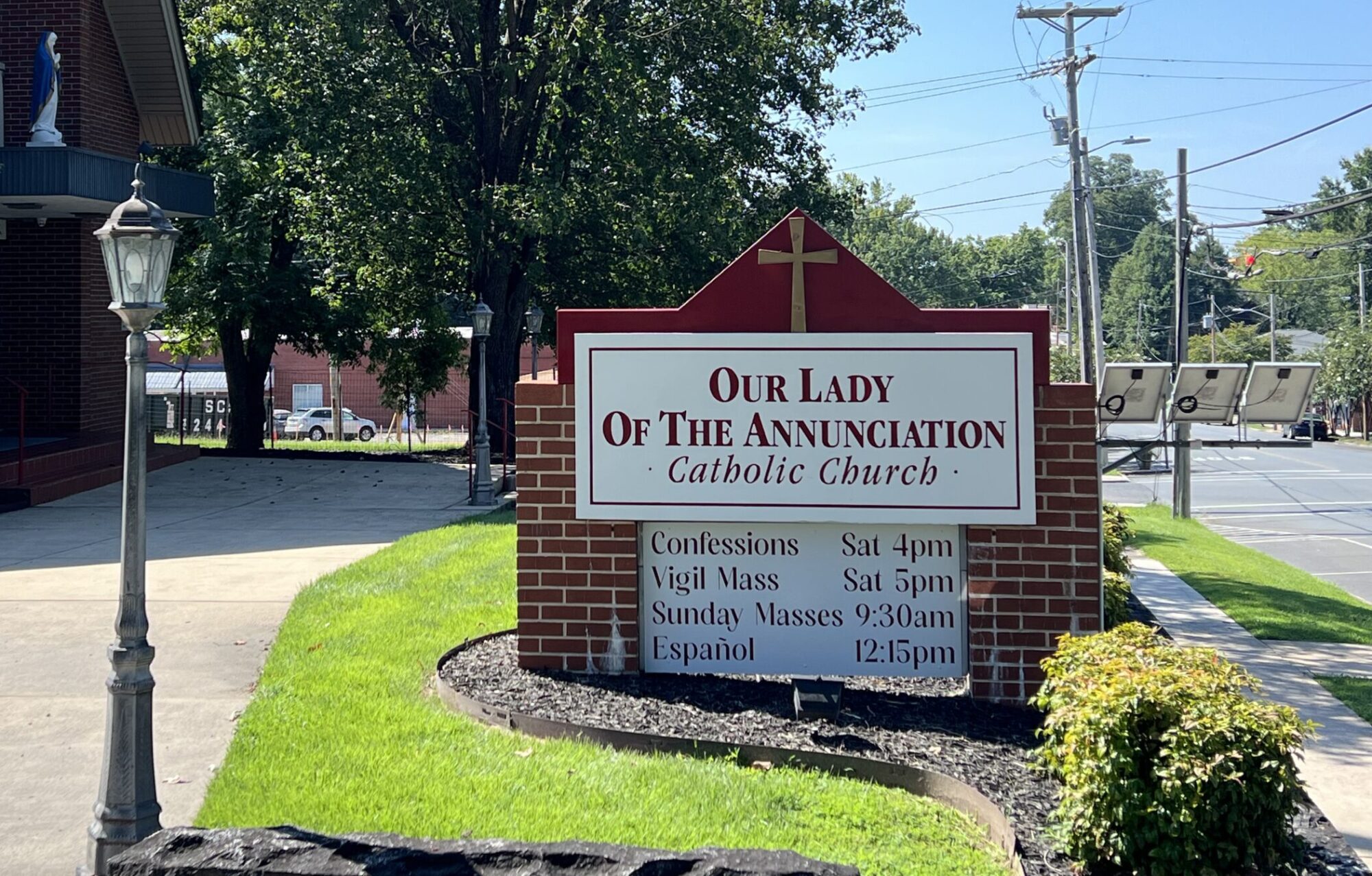St. Catherine Labouré (1806 – 1876) was born in Burgundy, France, the ninth of seventeen children of a pious and prosperous farming family. Her mother died when she was nine years old. After her mother’s funeral, Catherine kissed a statue of the Virgin Mary in her home, saying, “Now you will be my mother.” Catherine was devout and simple, and did not learn to read or write. She cared for her family for many years and, drawn to the religious life, entered the Daughters of Charity of St. Vincent de Paul in Paris at the age of twenty-two. In the year 1830, on the eve of the feast of St. Vincent de Paul, Catherine experienced her first apparition of the Blessed Mother. Mary entrusted to Catherine the mission of spreading devotion to her Miraculous Medal, the design of which she revealed to the saint in a vision. The Blessed Virgin appeared to Catherine two more times, and eventually the Miraculous Medal was mass-produced, widely promoted, and approved by the Church as a sacramental for public devotion. Catherine preferred anonymity and remained unknown as the visionary to whom Our Lady appeared, even to the sisters of her own convent. She continued to live a quiet life in service to the sick. After her death many miracles were ascribed to her relics. St. Catherine Labouré is one of the Church’s incorruptible saints: her body is reposed in a glass casket in the chapel where she received the vision of Our Lady. Her feast day is November 28th.
//Catholic Company//







